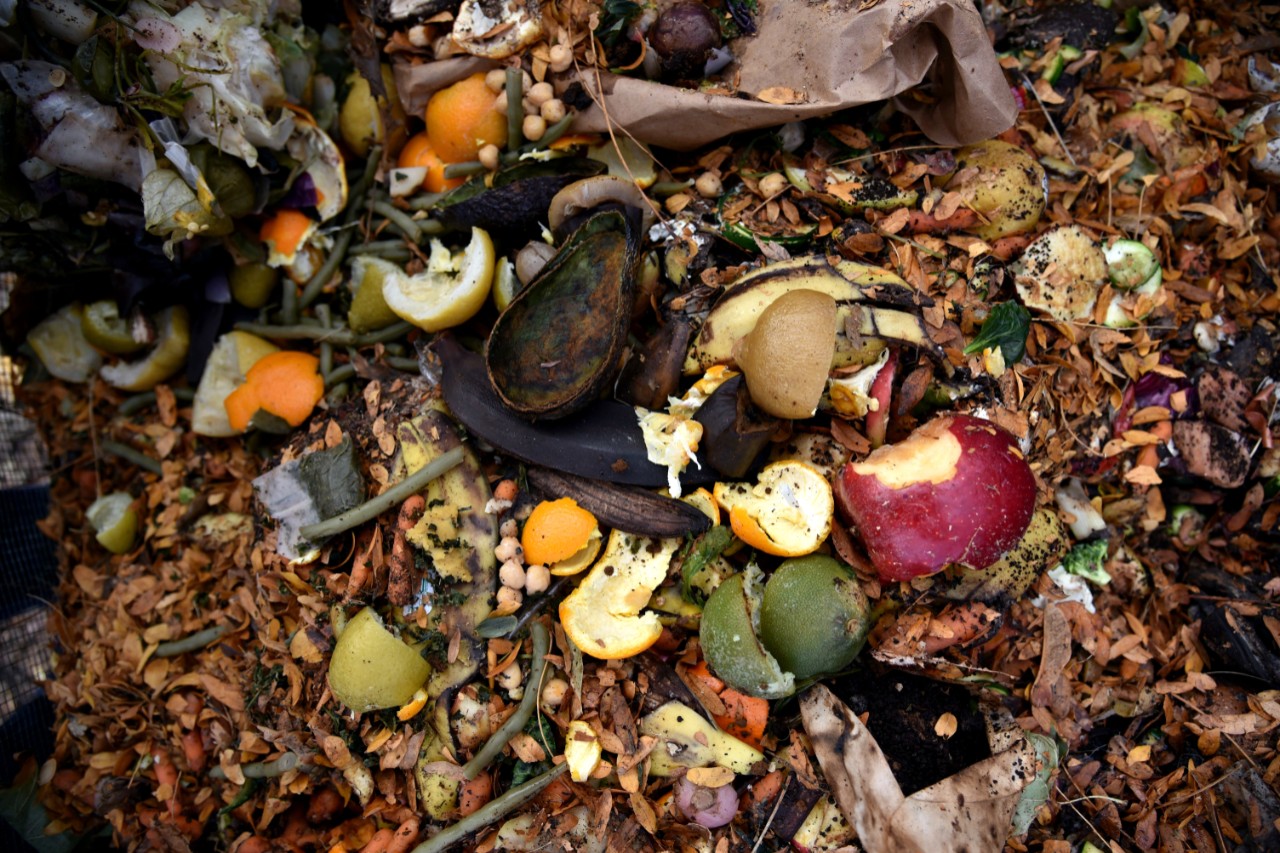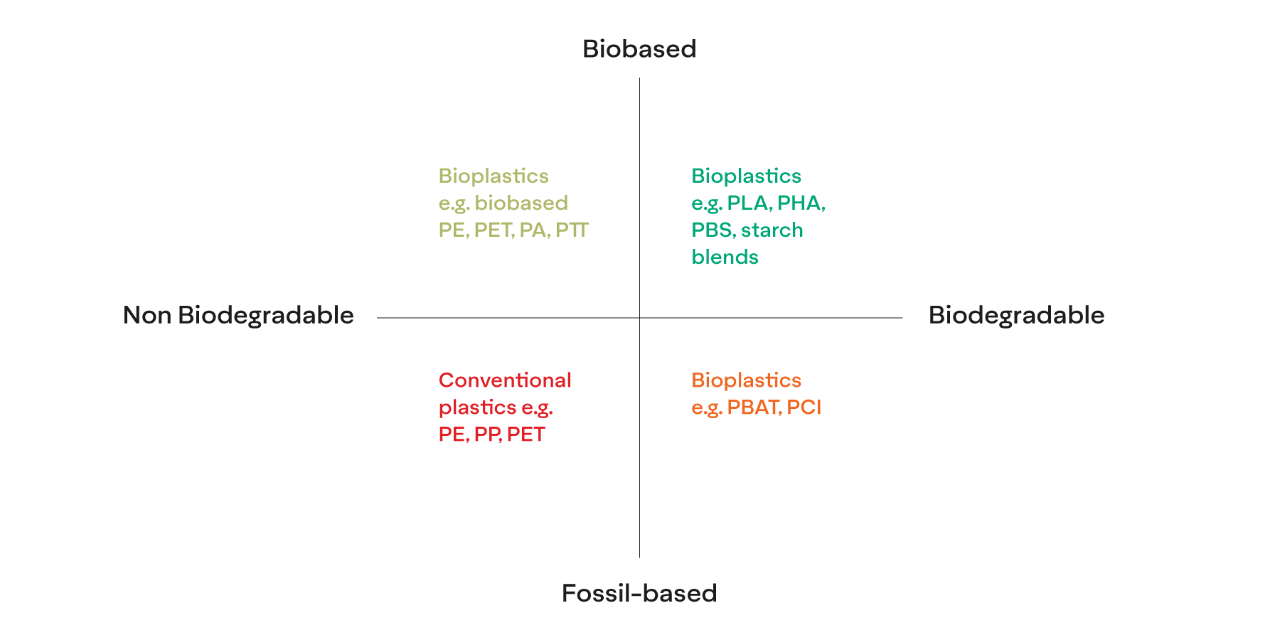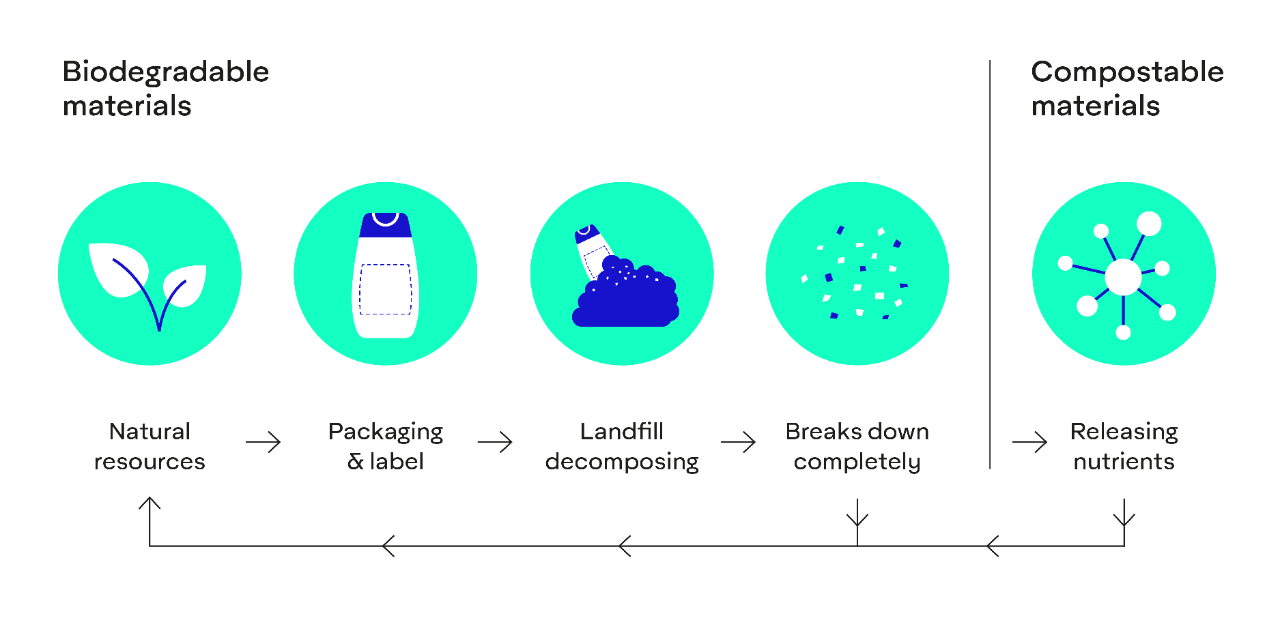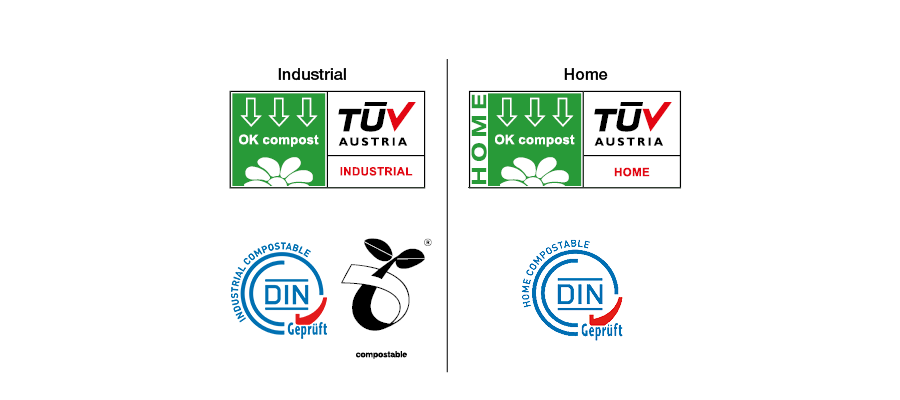DISCLAIMER — © 2020 Avery Dennison Corporation. All rights reserved. Avery Dennison and all other Avery Dennison brands, this publication, its content, product names and codes are owned by Avery Dennison Corporation. All other brands and product names are trademarks of their respective owners. This publication must not be used, copied or reproduced in whole or in part for any purposes other than marketing by Avery Dennison. All Avery Dennison statements, technical information and recommendations are based on tests believed to be reliable but do not constitute a guarantee or warranty. All Avery Dennison products are sold with the understanding that purchaser has independently determined the suitability of such products for its purposes. All Avery Dennison’s products are sold subject to Avery Dennison’s general terms and conditions of sale, see terms.europe.averydennison.com.
While every care has been taken to ensure the information, charts, diagrams and illustrations in this article are correct at the time of writing, it is possible that laws and regulations, markets and applications, technology, specifications, or terminology may change at any time, or that Avery Dennison’s research or interpretation may not be regarded as the latest accepted guidance in some parts of the labels or package printing industry.
Avery Dennison therefore cannot accept responsibility for any errors of interpretation or for any actions, decisions or practices that readers may take based on the content and would advise that the latest industry supplier specifications, standards, legislation, regulations, performance guidelines, practices and methodology should always be sought individually before any decision is made.




